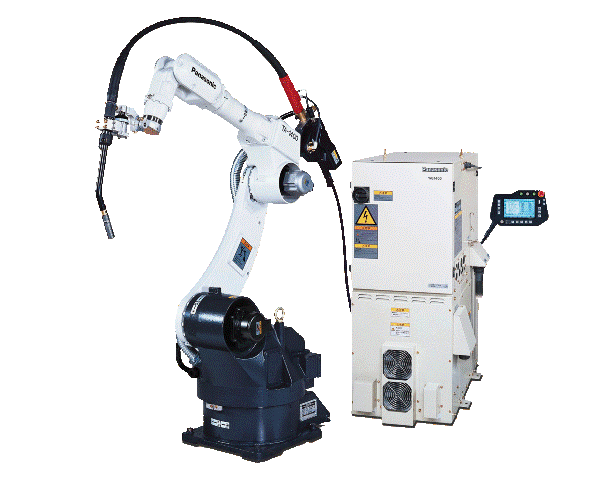
More importantly, are your other manufacturing processes ready?
When arc welding robotics are considered for production, it is important to consider the state of the components that will be welded by the robot. If you have welders that are fabricating assemblies by hand, you may not realize the variances in your individual parts. Welders can see and react to changes in the parts being welded, however small they are. Robots cannot see, nor do they care, if the work in front of them is different than the time before. Robots will simply go where they are programmed to go with a very high degree of repeatability. Most arc welding robots are capable of positional repeatability within +/- 0.1 mm. This is equivalent to +/- 0.004 inch.
As a good rule of thumb, the variation in your parts needs to be less than the diameter of the welding wire you are using. This rule of thumb is true for gas metal arc welding (GMAW), however, the fit up requirements are much tighter if you intend to use gas tungsten arc welding (GTAW) on a robot.
Before purchasing an arc welding robot, you should examine all of your upstream manufacturing processes to make sure that they are under control and can produce parts within the tolerances required for automation. If your upstream processes can not produce consistent parts, the robot will exploit the inconsistencies and the attempted implementation of automation could be a great failure.
Once you are ready for automation, do not neglect the fixture that will locate your parts for welding. The fixture is a very important piece of the puzzle for a successful implementation. Do not skimp on the fixture, period. Even if you have great parts dimensionally, a poorly designed fixture can negate all of your hard work of improving your upstream processes by not consistently locating the pieces in front of the robot.
Arc welding robots are great tools, offer great flexibility, and can add a great deal of consistency to your production. Just make sure that you are ready!
